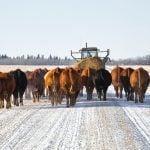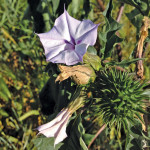It’s time for the task of regulating new crop varieties to focus on plants’ characteristics rather than on how the plants were developed, a team of U.S. scientists recommends in a new report. A study committee of the National Academies of Sciences, Engineering and Medicine on Tuesday released an “extensive” study of genetically engineered crops, finding […] Read more













